Reading Time: 6 minutesWe can discuss the best lures, baits, and other fishing tactics all day. But fishing knots are the most important thing anglers often overlook. A poorly tied knot means you could lose the fish and the terminal tackle or lures you’re using. Learning how to tie a fishing knot is something every angler should practice at home to ensure you land more fish.
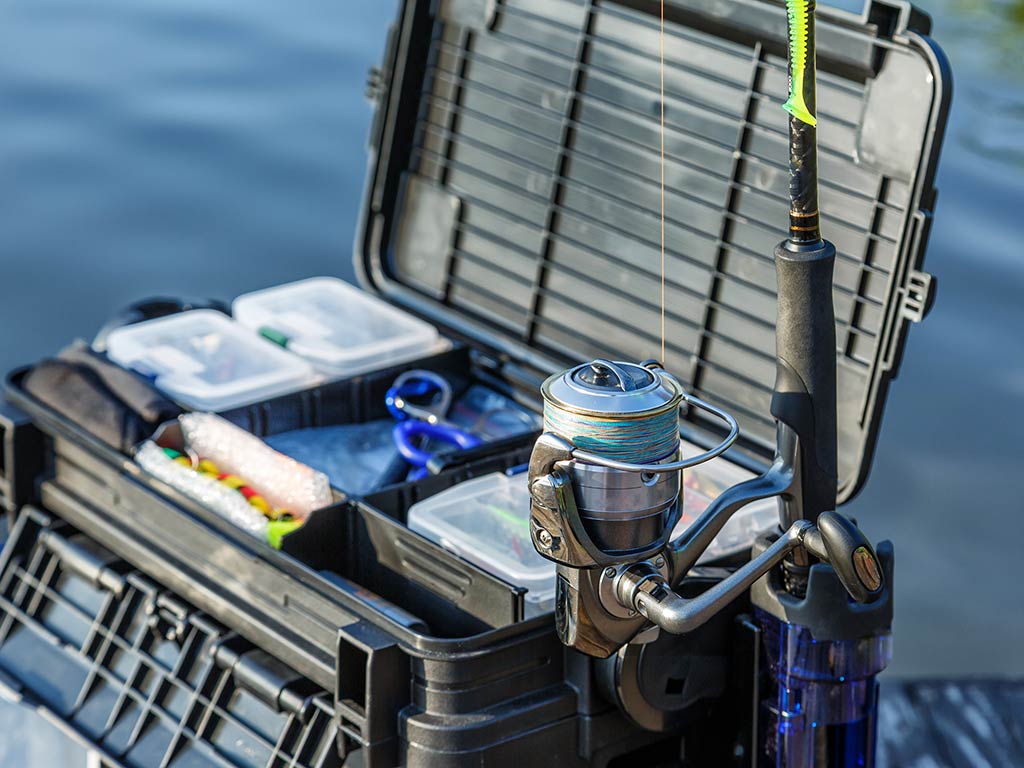
On a positive note, learning about knots isn’t difficult. The main issue is navigating the overwhelming number available to anglers. That being said, you really only need to learn and perfect a few knots to get started and be successful. Read on to learn about some simple options - and find out how they can improve your success rate on the water. Let’s dive in!
Types of Fishing Knots
Before we jump into specific knots and strategies, it’s important to understand the purpose of various knots. They’re often designed for specific connections and purposes. For example, the knot that ties backing to a fly reel is much different than one used to tie monofilament to a lure.
The type of line you’re using can also influence knot selection. Braided lines have different diameters from monofilament and fluorocarbon lines. Fly lines and leaders can also call for specific knot types. Understanding your equipment will help determine which knots are most effective and strongest.
The following are a few of the most common connections needed to rig your fishing line from the reel to the final hook…
Tying Line to a Conventional or Fly Reel
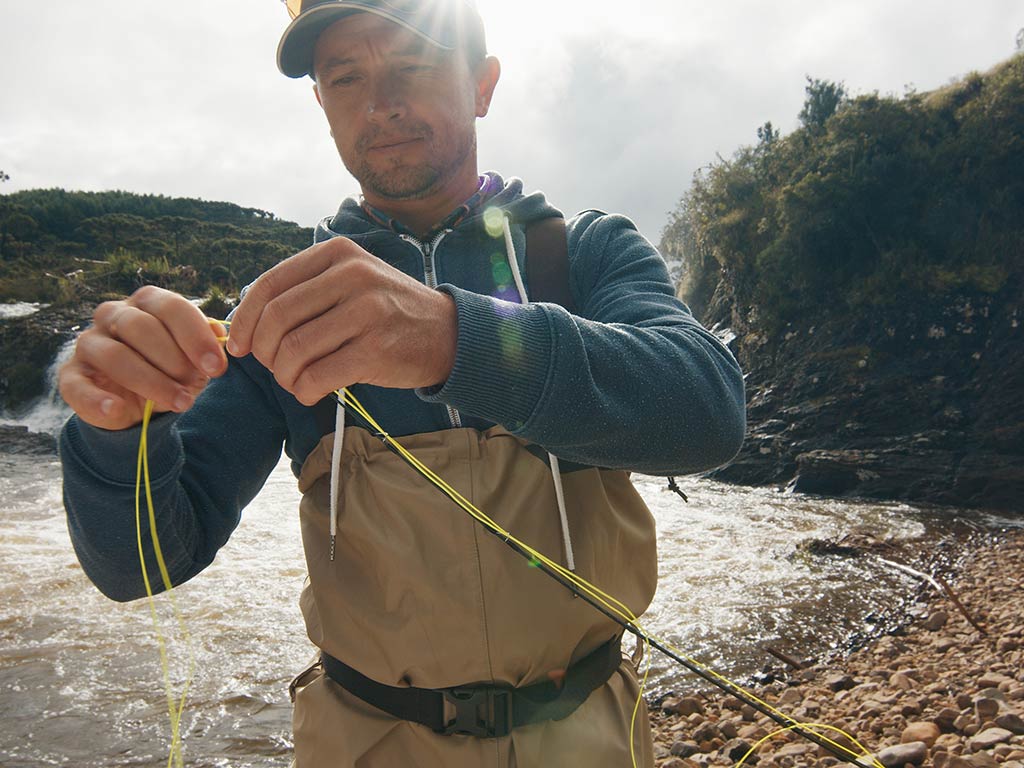
Before anything happens, you’ll need to spool the reel. Luckily, this is a one-time thing that’s done at home. Take the time to get it right and you’ll rarely - if ever - need to make this connection in the field. Several knots exist but the Arbor knot is the universal option for fly line backing, as well as braid, monofilament, and fluorocarbon lines.
Knots for Tying Two Sections of Line Together
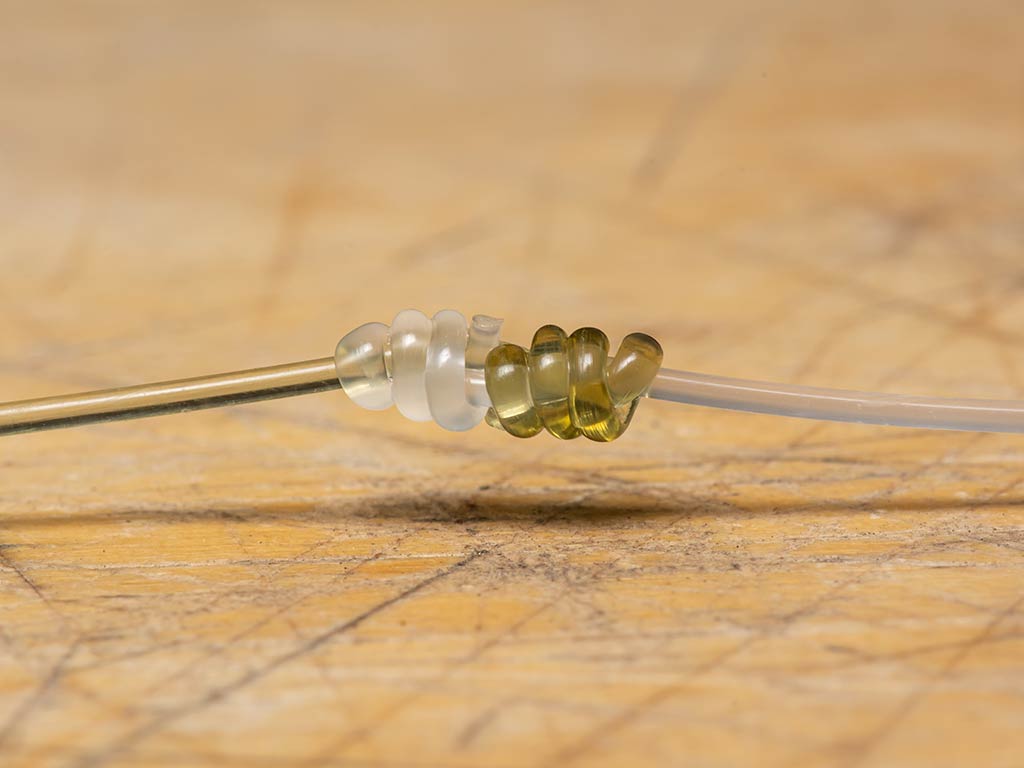
Occasionally, you’ll need to splice lines or connect two different lines together. This is especially common in fly fishing but it’s also done to build leaders and make emergency repairs on conventional lines. Many different fishing knots exist for this purpose but the blood knot and surgeon’s knot are two fairly simple options to learn.
Knots for Terminal Tackle and Hooks
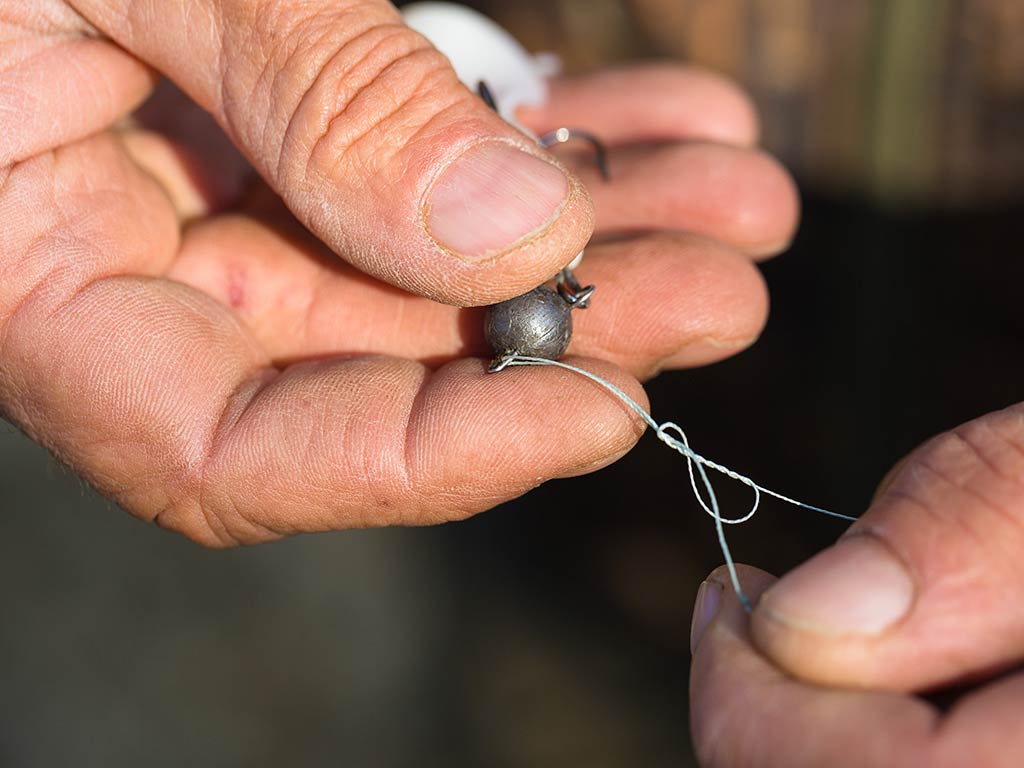
The last and most common knots are the ones connecting your line to a hook, swivel, or other piece of terminal tackle. Many opinions exist about the strongest knots for this purpose and there are an overwhelming number of knots available. You’ll need to tie these in the field so proficiency is very important. Learning two knots and tying them properly will cover the vast majority of situations you encounter.
What are the Strongest Fishing Knots?
While testing knots is possible, they’re only strong when properly tied. I’ve chosen the following knots for their combination of strength and ease of tying. This creates a more beginner-friendly approach to ensuring secure connections with consistency.
Arbor Knot
Tying the line to a reel is done with a very simple slip-style knot that snugs up against the reel without leaving bulk that can cause snags. The knot is strong but, ideally, anglers won’t test the strength because that would mean all of the line is off the reel.
To tie an Arbor knot, you’ll first tie an overhand knot on the line end. This will prevent the knot from slipping. Next, take the end of the line around the reel, start an overhand knot on the main line but don’t pull tight. Make another wrap around the main line to form a figure eight. Slowly snag the line down until it meets the initial overhand knot and is tight to the reel. You’re now ready to load the reel with the line or backing.
Palomar Knot
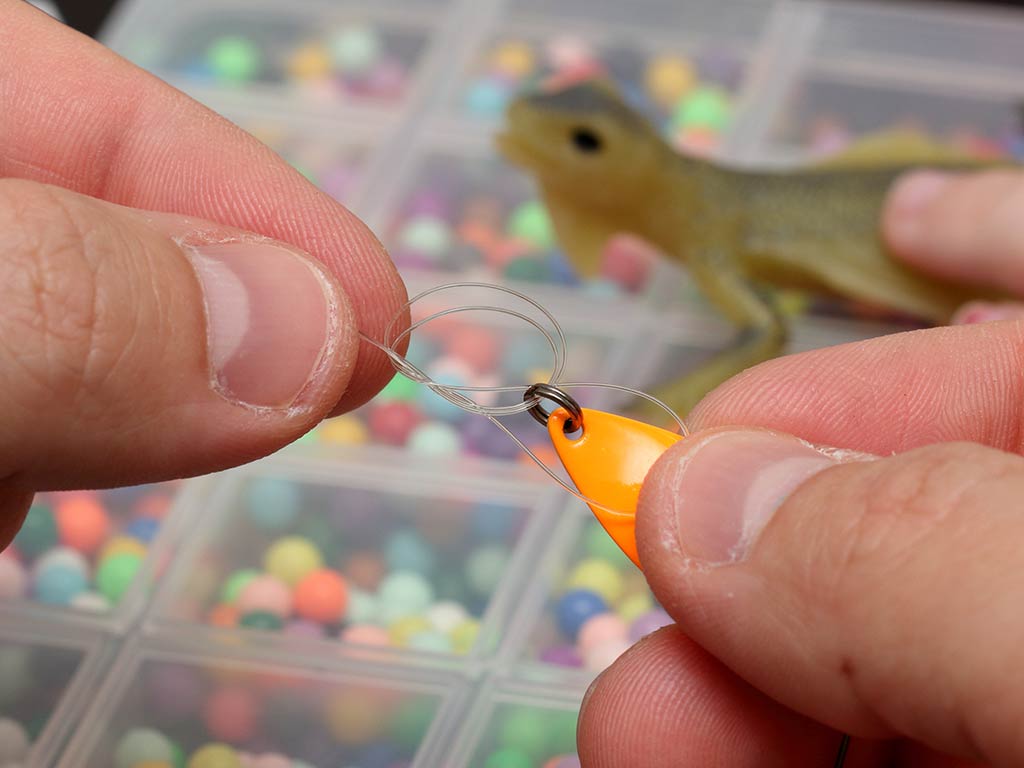
For terminal connections, the Palomar Knot is very easy and strong. It works with any line type and is a favorite for conventional gear anglers. Use it for swivel connections, tying weights, and for tying lines to the hook.
To make this knot, first fold the line to create a loop. Pass the loop through the hook eye (or swivel). Tie an overhand knot with the loop then pass the loop over the hook. Pull slowly to complete the knot.
Clinch Knot
Another great knot for terminal connections is the clinch knot - or the improved clinch knot, which adds a single extra step. Use this for tying to lures, swivels, jigs, and flies. The simplicity makes this one of the easiest knots to learn and it’s difficult to mess up.
Start by passing the end of your line through the hook eye. Next, twist the line or make individual wraps to create 6-8 twists. Pass the end through the opening at the base of the twists. Hold the tag end while pulling the main line slowly to tighten. For the improved clinch knot, pass the tag back through the rounded opening before pulling tight.
Surgeon’s Knot
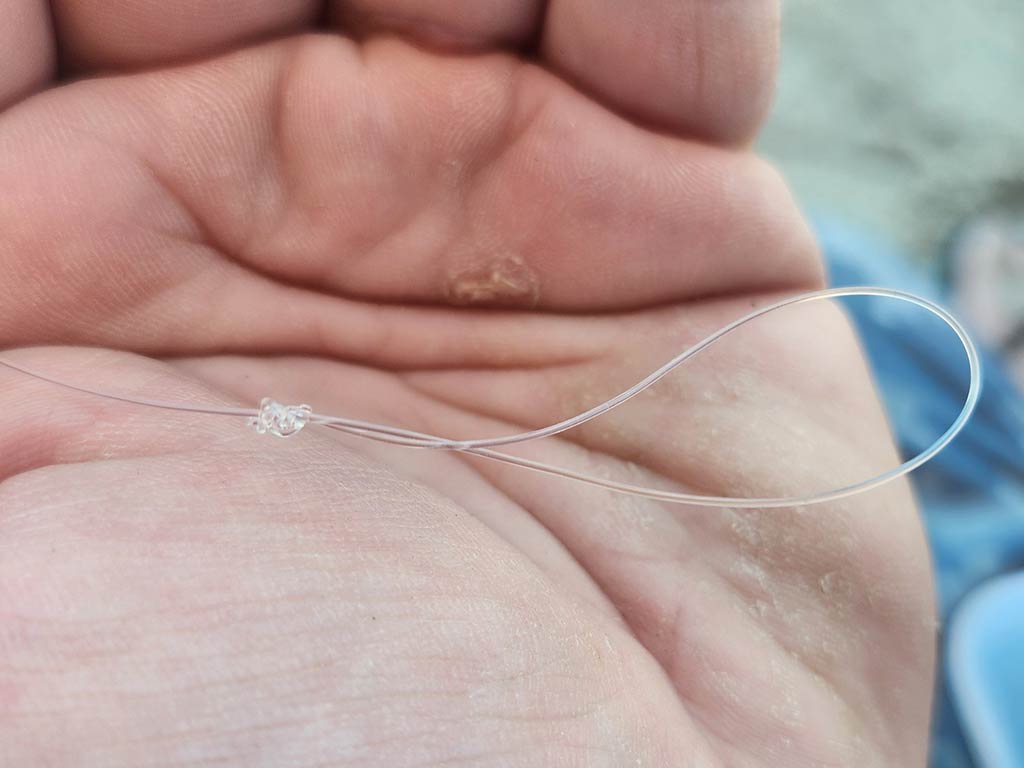
Photo courtesy of Zach LazzariThis might be the easiest knot for connecting two segments of line together. It works best on monofilament and fluorocarbon lines. First, overlap the main line with the section you plan to attach. Fold the lines to create a loop. Now tie a double overhand knot and pull tight to complete the connection. Trim the tag ends and you’re done!
For added security, the double overhand can be replaced with a triple overhand knot. Ideally, you’ll be using similar line diameters as well. Too much difference in line diameter can weaken the knot.
How to Practice and Tie Basic Fishing Knots Quickly
The best way to become proficient at tying fishing knots is through practice! While you can learn on the water, practicing at home is the best approach. You can control the environment and correct mistakes without being rushed by the anticipation of casting a line.
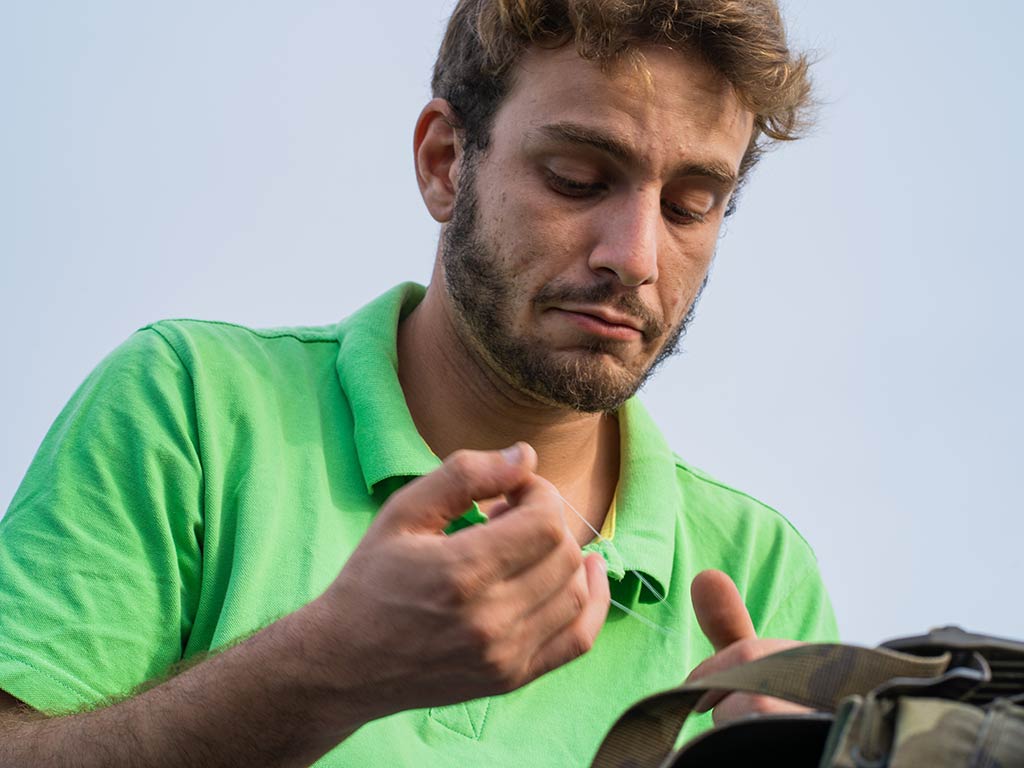
Practice with thin ropes or cords before attempting to tie knots using normal lines. It helps visually and will reveal mistakes, too. After working through the basic steps and following video instructions with the ropes, move to your normal line sizes. Tie, cut, and repeat the knots until they’re second nature. Always pull hard on completed knots to ensure they don’t slip as well.
Practicing at home will build confidence while saving time in the field. After a while, you can tie simple knots without looking. When the basic knots are second nature, it’s good to slowly expand by adding a few new options to your repertoire. Learning loop knots and some saltwater-specific knots for heavy line test is a natural progression!
Tie Great Knots and Catch More Fish!
At the end of the day, strong fishing knots mean you won’t lose that trophy fish. There’s nothing worse than having a knot fail at the last minute! Be diligent about checking lines for weak points throughout the day, re-tie knots as necessary, and always lubricate knots before cinching them down. Wet them with your mouth then secure the final knot to prevent burning and weakening. You’ll then be ready to get on the water!
What are your favorite fishing knots? We’d love to hear which knots are the easiest, strongest, and go-to options for other anglers. Share your own tips in the comments below!
The post How to Tie Fishing Knots: A Beginner’s Guide appeared first on FishingBooker Blog.
https://fishingbooker.com/blog/how-to-tie-fishing-knots/
 CampingSurvivalistHuntingFishingExploringHikingPrivacy PolicyTerms And Conditions
CampingSurvivalistHuntingFishingExploringHikingPrivacy PolicyTerms And Conditions
